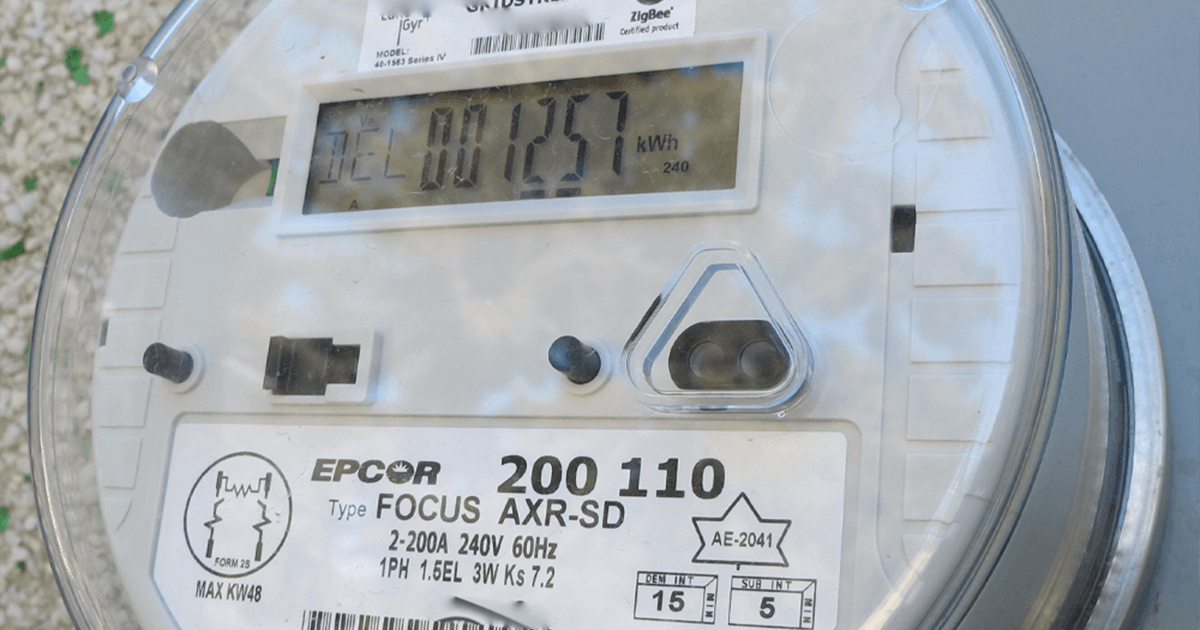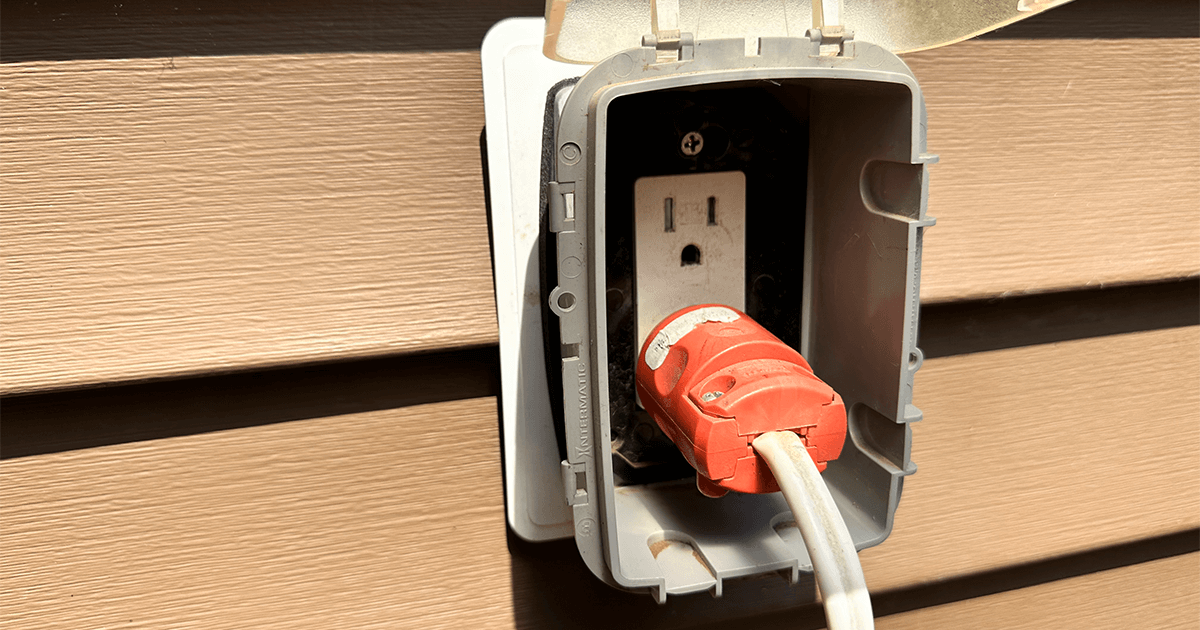In the world of a master electrician, residential electrical wiring can be the most elementary of systems that we have to deal with. To a homeowner, electricity can be really scary, and it should be. Today I would like to explain the basics of your residential electrical service and let you know a few things that may save you a lot of money when problems arise.
Residential Electrical Service
The power for your home is supplied by utility companies, typically Fortis or Epcor. Initially, it flows to the power meter situated on the back or side of your home. This meter is the tool utility companies use to gauge your usage or consumption over a specific period. In the past, meters were constructed with glass and rotating dials, requiring manual reading. However, modern Smart Meters, identifiable by their acrylic exterior and digital display, have replaced these. This technological advancement allows utility companies to remotely collect billing information, eliminating the need for meter readers.
From the external meter, power is directed into the house and distributed through a breaker panel. This panel contains individual breakers that safeguard various devices throughout your home. Additionally, Ground Fault Circuit Interrupters (GFCIs), equipped with a test and reset button, provide protection near water sources such as kitchen and bathroom sinks. If you experience a power outage in these areas, check the GFCI by pressing the reset button.
Troubleshooting Electrical Problems
Frequent calls from homeowners with electrical issues prompt me to share a money-saving tip. Breakers in your electrical panel are designed to protect wiring by tripping and turning off. If you discover electrical devices not working, check the breaker panel first. Although breakers may appear on, they can trip without the handle going to the off position. Gently wiggle each breaker handle; if one feels loose, it has tripped. To reset it, push the handle to the off position until you feel a click, then push it to the on position.
While this may seem straightforward, the number of calls we receive about this issue is surprising. For any electrical questions or issues, feel free to contact us at 780-238-8195.





